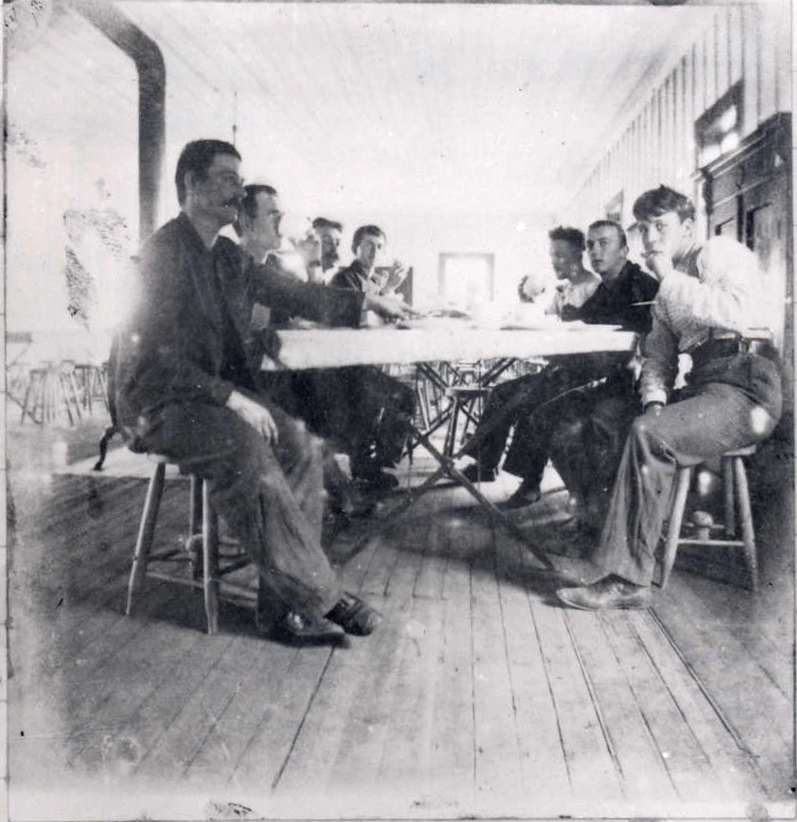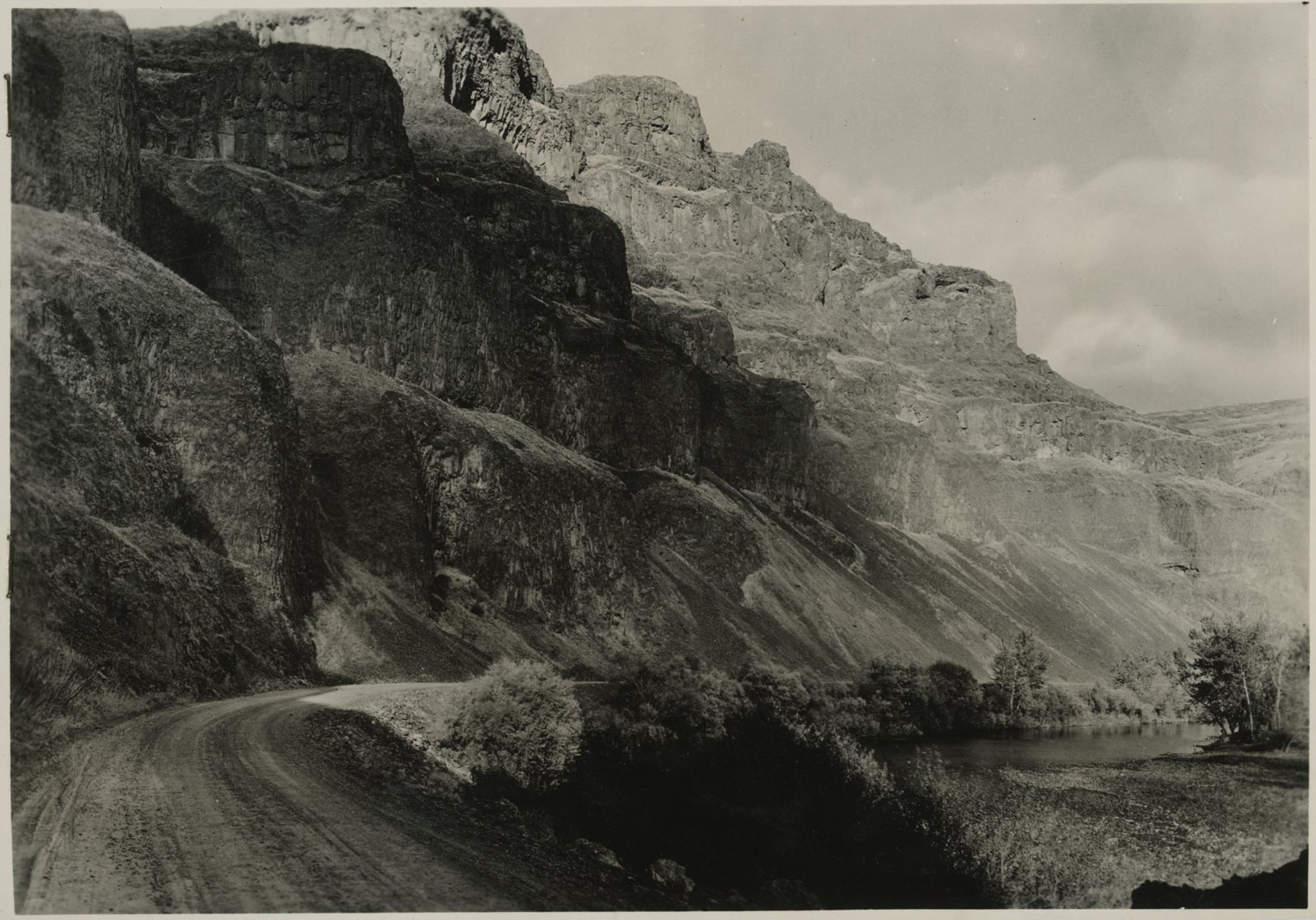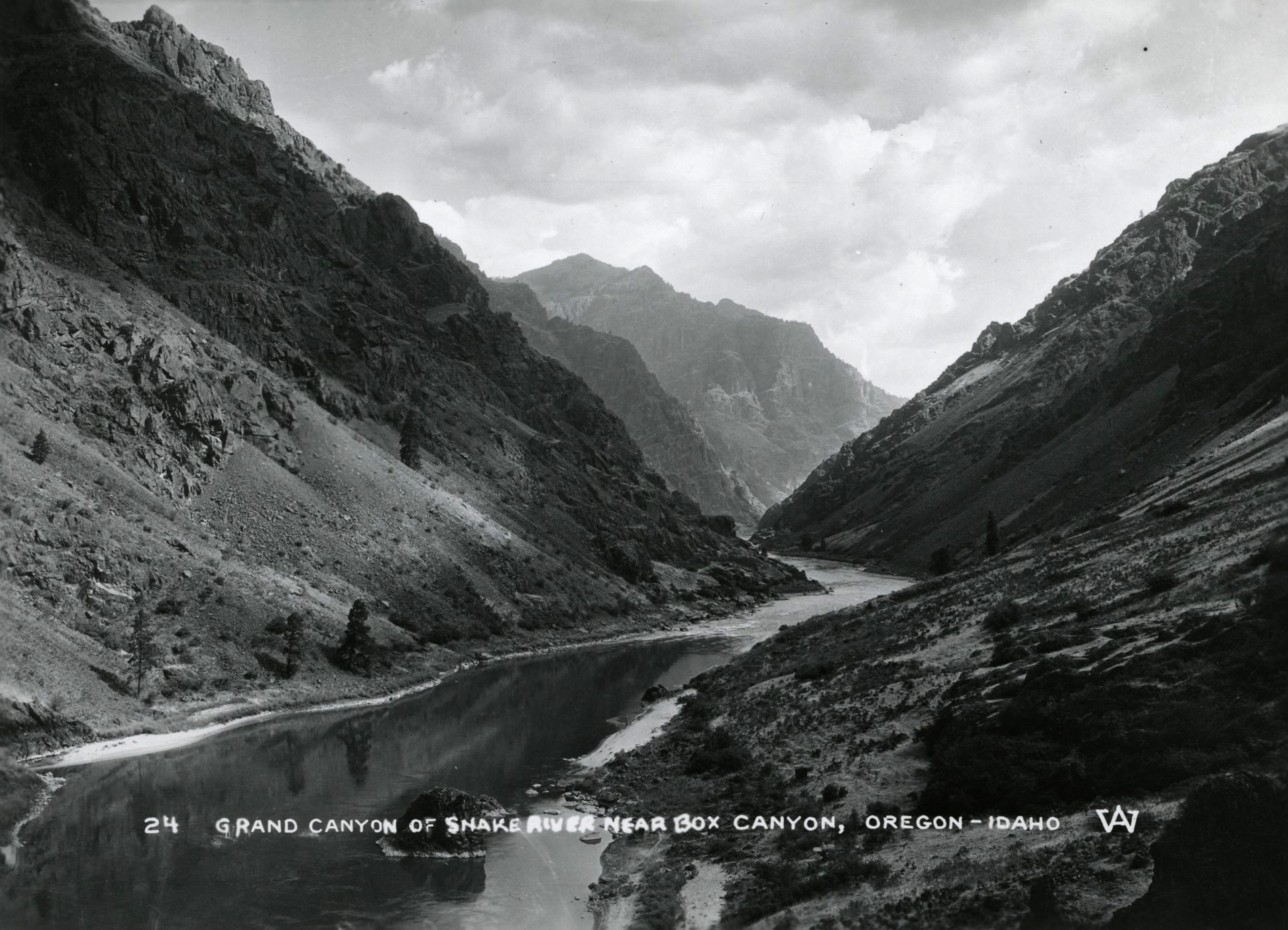During the 1860s, the major military-Indian conflicts of the Pacific Northwest were in the Great Basin and Snake River areas of southeastern Oregon and southern Idaho. These conflicts were called the Snake Indian Wars, because settlers and the military tended to lump all Shoshone, Bannock, and Paiute of this region under the title of Snake Indians.
For over a decade, a number of regular army units had been stationed in and had patrolled this area. They were charged with protecting Oregon Trail travelers and the region's few settlers, as well as with exploration, establishing military posts, and building roads. After the American Civil War began in April 1861, most of these regular army units were sent east. A call then went out to the states and territories of the Pacific Coast to provide volunteer regiments to fill the void. California was the first to organize; Oregon and Washington were slower to respond.
In November 1861, Oregon began to raise companies for the First Oregon Volunteer Cavalry Regiment (1st OVC). By the summer of 1862, this regiment was serving throughout eastern Oregon and into southeastern Washington Territory (including the Snake river country that became part of Idaho Territory in 1863).
In late 1864, Oregon began organizing the First Oregon Volunteer Infantry Regiment (1st OVI) to reinforce its cavalry volunteers. Enlisted members were issued the standard woolen uniform consisting of a dark blue frock coat, light blue trousers and a kepi—a cap with a flat round top and leather brim. They were armed with the 1861 rifle-musket—a .58 caliber muzzleloader. George Byron Currey, commander of Company E, 1st OVC and the regiment's most vigorous field commander, was given command of the 1st OVI and promoted to colonel.
Col. Currey expressed a hearty dislike for the accepted practice of keeping troops in garrison during the winter. Under his command, Oregon units were scattered from Fort Steilacoom on Puget Sound to Fort Hall in southeastern Idaho. They also established nine new camps in preparation for winter operations in southeastern Oregon.
Elements of the 1st OVI conducted extensive patrolling and scouting operations along the Oregon Trail and throughout southeastern Oregon but did not experience any major engagements. With the discovery of gold in the Blue Mountains in 1861, the regiment also took on the task of protecting the freight trains and miners associated with the gold fields of the Blue Mountains.
The regiment started mustering out in June 1866 when regular army troops began returning to the region. The last company mustered out in August of 1867. The regular army, under the command of Lt. Col. George Crook, continued the practice of winter campaigning from small posts scattered throughout the region.
-
![]()
Colonel George B. Curry, 1864.
Oreg. Hist. Soc. Research Lib., bb004555
-
![]()
Blue Mountains.
Courtesy Oregon Hist. Soc. Research Lib., Orhi13937
Related Entries
-
![2nd Oregon Volunteer Infantry]()
2nd Oregon Volunteer Infantry
Relations between the United States and Spain were already strained ove…
-
![Blue Mountains]()
Blue Mountains
The Blue Mountains, perhaps the most geologically diverse part of Orego…
-
![Oregon Trail]()
Oregon Trail
Introduction In popular culture, the Oregon Trail is perhaps the most …
-
![Snake River]()
Snake River
The Snake River has its headwaters at an elevation of 8,200 feet on the…
Related Historical Records
Map This on the Oregon History WayFinder
The Oregon History Wayfinder is an interactive map that identifies significant places, people, and events in Oregon history.
Further Reading
Converse, George L. (Lt. Colonel, Ret.). A Military History of the Columbia Valley. Walla Walla: Pioneer Press Books, 1988.
Josephy, Alvin M., Jr. The Civil War in the American West. NY: Knopf, 1991.
Nelson, H. B. and P. E. Onstead, ed. A Webfoot Volunteer; The Diary of William M. Hilleary 1864-1866. Corvallis: Oregon State University Press, 1965.
Ruby, R. H. and J. A. Brown. Indians of the Pacific Northwest. Norman: University of Oklahoma Press, 1981.






